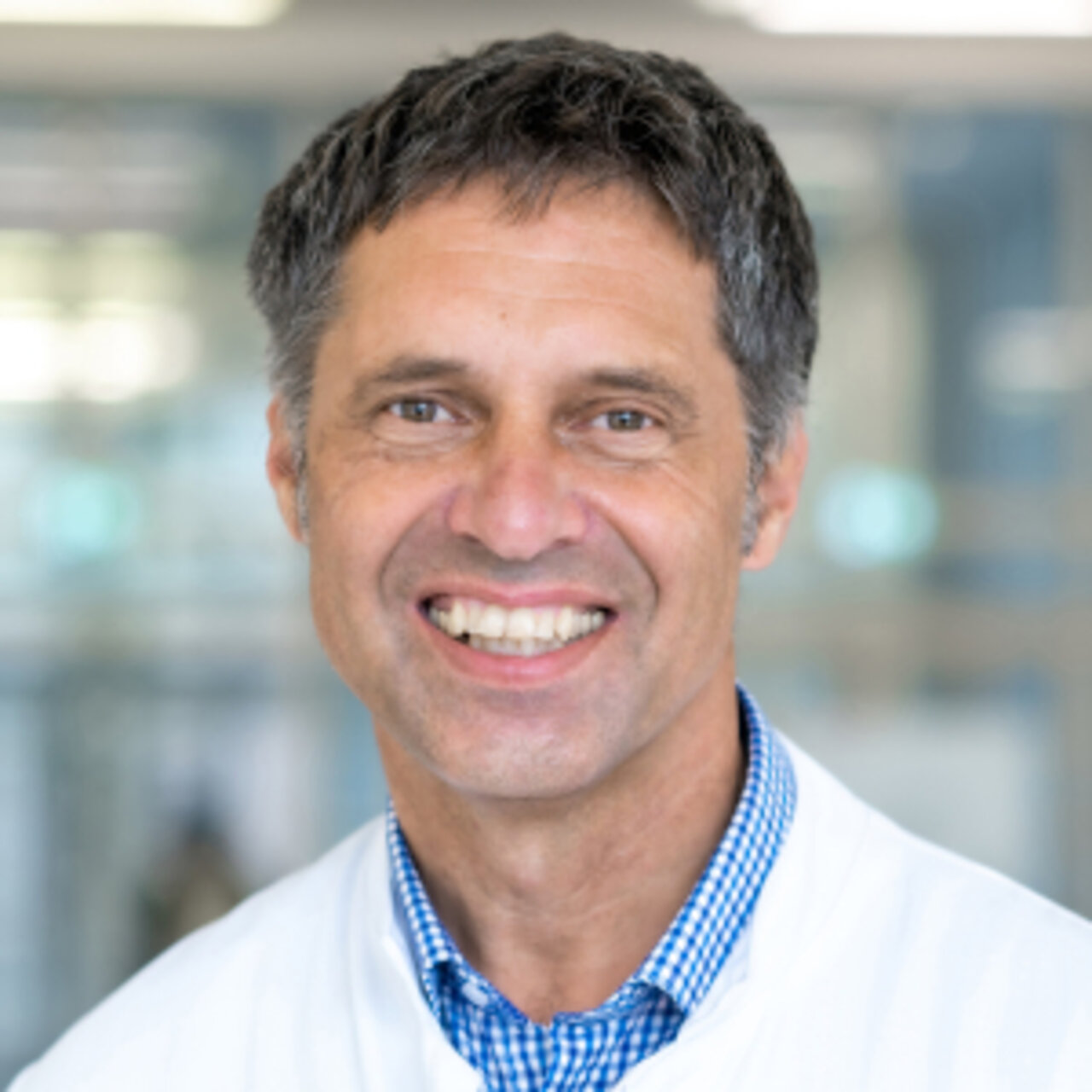Specialists in Fatty liver
2 Specialists found
Information About the Field of Fatty liver
What is fatty liver disease?
Fatty liver disease, also known as hepatic steatosis, is a lifestyle-related condition characterized by an excessive accumulation of fat within hepatocytes (liver cells). In Germany, approximately 25% of the adult population in Germany is already affected by this condition, with incidence rates continuing to rise. Due to increasing numbers of childhood obesity, fatty liver disease is now being diagnosed more frequently in younger individuals as well.
The disease often goes unnoticed for a long time. However, it can progress to liver fibrosis and eventually to cirrhosis, both of which may lead to serious, life-threatening complications.
A fundamental distinction is made between alcoholic fatty liver disease (AFLD) and non-alcoholic fatty liver disease (NAFLD).
How does fatty liver disease develop?
The majority of fatty liver disease cases are attributed to modern lifestyle factors prvalent Western societies. These include poor dietary habits, insufficient physical activity, excessive alcohol consumption, overweight and obesity. These patterns also contribute to the development of type 2 diabetes mellitus, which is another major risk factor for developing fatty liver disease.
Less common, secondary causes of fatty liver disease include:
- Malnutrition
- Pregnancy
- Certain medications (e.g. chemotherapeutic agents)
- Viral infections causing hepatitis (viral hepatitis)
- Autoimmune hepatitis
- Congentital disorders of copper metabolism (Wilson’s disease)
- Congenital disorders of lipid metabolism
What are symptoms of fatty liver disease?
Fatty liver disease can remain asymptomatic and therefore undetected for a long time in its early stages. The accumulation of fat within hepatocytes causes an enlargement of the liver (hepatomegaly). As the condition progresses, approximately half of affected individuals experience upper abdominal discomfort or fatigue, attributable to the enlarged liver. Once the disease has advanced to the point where the liver can no longer adequately perform its functions, including metabolic regulation, patients may develop metabolic disturbances such as fluctuation in blood glucose and blood lipid levels.
How to diagnose fatty liver disease?
The causes of fatty liver disease related to an unhealthy lifestyle can be identified through simple diagnostic tests, such assessment of body weight and waist circumference, as well as blood tests. The following blood parameters are typically evaluated:
- Fasting blood glucose
- Glycated hemoglobin (HbA1c)
- Liver enzymes
- Lipid profile
Additionally, elevated alcohol consumption can be detected through specific blood markers. An abdominal ultrasound can be performed to assess the shape, size and echotexture of the liver. These three features provide important clues about the presence of a fatty liver. Furthermore, the physician can rule out rare secondary causes of fatty liver disease, by reviewing the patient’s medication list or by performing further blood and imaging studies. If all other possible causes are excluded, the diagnosis of fatty liver disease can be attributed to an unhealthy lifestyle.
How is fatty liver disease treated?
In its early stages, fatty liver disease is reversable, primarily through lifestyle changes. This is achieved by implementing dietary changes, increasing physical activity, weight reduction and cessation of alcohol. Currently, there are no specific medications to directly treat fatty liver disease. However, in the presence of type II diabetes mellitus, the management should be optimized, as good glycemic control contributes significantly to the regression of a hepatic steatosis.
Prevention and early detection of fatty liver disease
Since fatty liver disease can be reversed in its early stages, before the liver becomes fibrotic, there is a significant emphasis on early detection. Individuals with known risk factors should be evaluated using abdominal ultrasound to screen for hepatic steatosis.
To prevent the development of a fatty liver, preventative measures focus primarily on maintaining a healthy lifestyle. Key strategies include avoiding overweight and obesity, as well as alcohol consumption. Regular physical activity and a balanced, healthy diet significantly lower the risk of developing fatty liver disease. Recommended dietary principles include:
- High fiber intake
- Adequate protein consumption
- Reduced intake of carbohydrates, particularly refined sugars
- Appropriate caloric intake, approximately 1.3 kcal per kilogram body weight per hour
- Favorable omega-3 to omega-6 fatty acid ration, with omega-3 acids (e.g. olive oil, algae, fish) predominating over omega-6 sources (e.g. beef, sunflower seed oil, eggs)
- Moderate coffee consumption (approximately 2-4 cups per day)
Prognosis & risks
Fatty liver disease can lead to serious complications. In approximately 10-20% of affected individuals, the liver tissue becomes inflamed and begins to scar, referred to as liver fibrosis. This condition can develop further into liver cirrhosis, characterized by hepatocellular death, extensive scarring and progressive shrinkage of the liver.
A cirrhotic liver can only perform a limited degree of its physiological functions, resulting in a range of clinical symptoms such as pruritus (itching of the skin), ascites (fluid accumulation in the abdomen), endocrine disturbances and life-threatening blood clotting disorders. Additionally, individuals with liver cirrhosis have an increased risk of developing hepatocellular carcinoma (HCC), a malignant liver tumor. Fatty liver disease can both be caused by and cause type 2 diabetes mellitus. This condition is associated with additional complication affecting various organs and the cardiovascular system.
Which physician diagnoses and treats fatty liver disease?
In most cases, fatty liver disease is initially recognized and managed by a general practitioner (GP) or family physician. Only in advanced stages, treatment is carried out by an internal medicine doctor, often a hepatologist or gastroenterologist who specializes in the liver.
Anyone in need of a physician naturally wants the best possible medical care. This raises the question: Where can I find the best clinic for me? This question cannot be answered objectively, since any reputable physician would never claim to be the best, one can only rely solely on the experience of a doctor.
We help you find an expert for your condition. All listed physicians and clinics have been reviewed for their outstanding specialization in the field of fatty liver disease and are available for your inquiry or treatment request.


